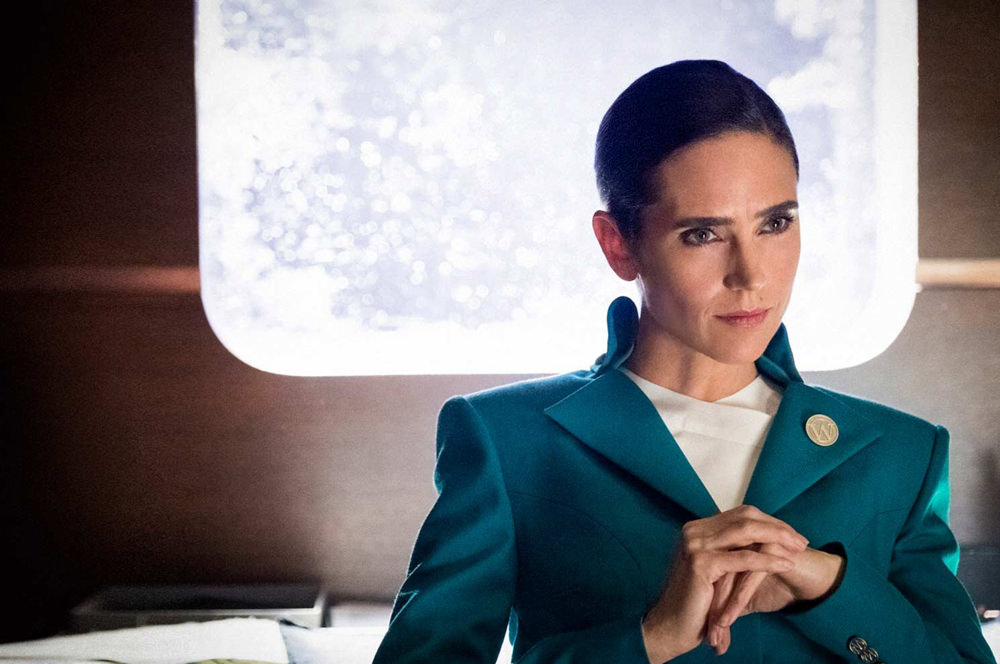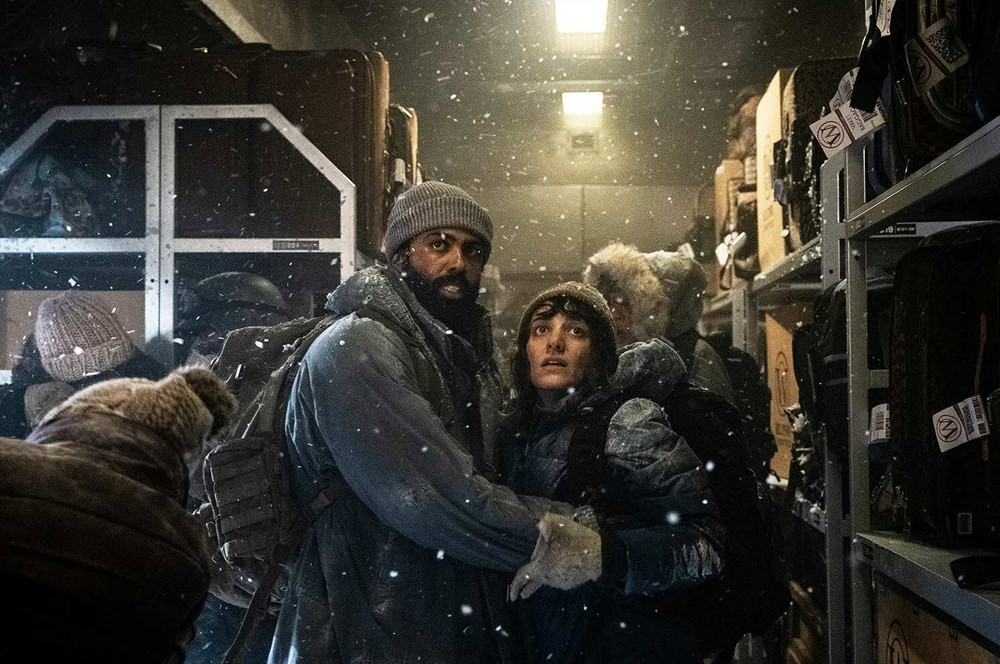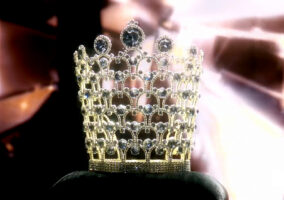
If you’re going to go to the effort of explaining the inexplicable, you’re bound to ruin it or cheapen it on some level. This is the problem with TNT’s adaptation of the 2013 Bong Joon-ho film Snowpiercer, and in retrospect, it was always going to be an issue with any attempt to move the story from a medium that works best when it interprets reality to a medium that works best when it reflects it. Films end after a relatively brief viewing period, allowing them to spin allegories and use metaphors in ways that test or question reason and reality. This is exactly why the 2013 film worked; because the dystopic magical realism of the film is not meant to hang together any longer than the time it takes to finish its story. Television by its nature just isn’t all that great with allegory or metaphor. It’s too literal-minded a medium. A television series is going to tend toward exploring all of the various parts and players of a story — and this is exactly the worst way to approach a tale about a five-mile long train bearing the entire remainder of humanity circling around a frozen earth nonstop for years. Snowpiercer the series tries to do too many things on a framework that just can’t bear the weight of that much story.
So far (and we should admit here that we’ve seen five episodes and this assessment hasn’t changed) it’s the story of a cop and an executive concierge doing their respective jobs of solving crimes and making a luxury resort run efficiently. That’s it. That’s the whole thing. We’ve had more than a few criticism of how Westworld has lost the plot, but at least it’s a show that always understood that the weirdness of its central conceit has to be the point from which the rest of the story flows. In Snowpiercer, the central conceit is reduced to a series of relatively unbelievable administrative and managerial problems. The only true weirdness in the setup is that there’s a killer on board with a taste for severed penises. No, really. With everything else that could be said with a setup like this, they opted for a storyline straight out of a Law & Order episode.

Sure, the whole story still rests on the class divide inherent in the setup and the revolution brewing in the lower classes, but it has nothing particularly meaningful to say or show about it. First, second and third class are all clearly delineated, corresponding roughly to low-income workers, a standard middle class, and a bunch of rich assholes. Except for the Tailies and their attempts at revolution, no one on this train acts like they’re on anything but a standard luxury liner or Amtrak. No one acts like they are all that’s left of the world. The film was loaded with bizarre characters like Tilda Swinton’s twisted take on Margaret Thatcher or Allison Pil as a rapturous True Believer in the train’s mythology; extreme characters rendered in the broadest strokes so as to support the feeling that you were watching a story that was about more than it appears on the surface. By contrast, Snowpiercer is stocked with stock characters – the officious administrator, the rough cop, the rich bitch, the working girl trying to get by, the cynical sexy nightclub owner with secrets.
To be fair, we did burn through those first five episodes at a rapid clip and will probably finish the rest of the screeners for the series in a day or two. The setup doesn’t work and the approach strips the story of a lot of its weird appeal, but there’s just enough story in the brewing class war to keep us coming back. And we certainly can’t find any fault with the work of the two main actors. Daveed Diggs is good, even if his character’s actions don’t often make sense and Jennifer Connelly is very good working with a character that just isn’t all that interesting (even with the big reveal in the first episode). Stock writing for some of them aside (the rich family act like they’re in a night time soap opera), most of the cast is perfectly fine if not very good in their roles. The direction is clean and does everything an episode of television should do. The art direction and costume design are engaging and on point. The special effects are only so-so. Some of the exterior shots of the train looked a bit Polar Express to us. Overall, we’d rate the show a slightly frustrating diversion, helped tremendously by its two leads, but it can’t get past the fatal flaw of television’s inherent difficulty in dealing with allegory or metaphor.
Julianne Hough Covers June Issue of Women’s Health Magazine Next Post:
Cathy Cambridge in Sandro and Beulah London
Please review our Community Guidelines before posting a comment. Thank you!



